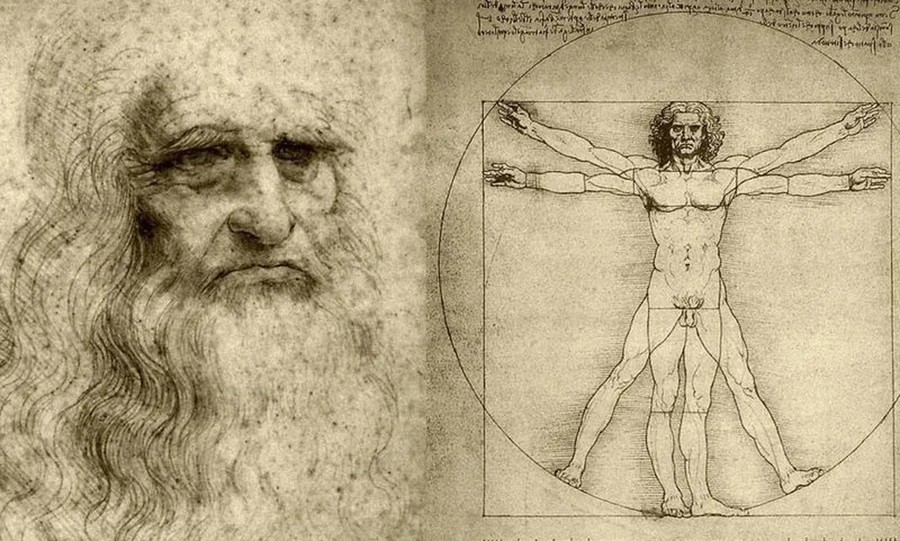For decades, a seemingly unremarkable rock sat unnoticed at a school in rural Queensland, Australia. But when school officials decided to investigate further, they made an extraordinary discovery—one of the most densely packed collections of fossilized dinosaur footprints ever recorded in Australia.
A Forgotten Treasure Hidden in Plain Sight
In the small town of Biloela, a slab of rock featuring unusual three-toed imprints had been resting at a local school for over 20 years. Originally unearthed in 2002 by coal miners, the rock was donated to the school, where it was placed on display in the lobby. Over time, its significance faded, with some teachers even believing it to be a mere replica.
Everything changed when the school learned that Dr. Anthony Romilio, a paleontologist from the University of Queensland, was searching for fossilized dinosaur tracks in the area. Curious, they reached out to him—an action that would rewrite the region’s prehistoric history.
A Window into the Jurassic Era
Upon inspecting the rock, Dr. Romilio was shocked by what he found. It wasn’t just a handful of footprints—it was an astonishing cluster of 66 distinct tracks, dating back 200 million years to the Jurassic Period.
“This is one of the densest concentrations of dinosaur footprints ever documented in Australia,” Romilio stated in an interview with Phys.org. “It’s a rare and incredibly rich piece of history that had been hiding in plain sight.”
The footprints belonged to a species known as Anomoepus scambus, a small, bipedal, plant-eating dinosaur with sturdy legs and three-toed feet.
A Breakthrough in Dinosaur Behavior Studies
Through careful analysis, Romilio and his team were able to extract groundbreaking insights from the tracks. Since the dinosaur was moving when it left these footprints, researchers could determine details about its size, speed, and movement.
Hip height: Estimated between 20 and 76 cm (8–30 inches)
Walking speed: No more than 5.8 km/h (3.6 mph)
These findings challenge previous assumptions about dinosaur locomotion in the region.
Lost Fossils and Missed Opportunities
Romilio’s research also uncovered a frustrating reality—fossilized dinosaur tracks had been spotted on discarded stones at a nearby mine, but those rocks had been unknowingly thrown away by workers unaware of their significance.
This wasn’t the first time such a missed opportunity had occurred. In fact, most dinosaur fossils aren’t found by paleontologists but by everyday people who stumble upon them by chance.
A Two-Ton Discovery
Romilio’s fossil-hunting efforts also led to another unexpected find—a massive two-ton boulder blocking the entrance to a coal mine parking lot.
“As soon as I saw it, I knew exactly what it was,” he recalled. “My jaw dropped—it was clearly covered in dinosaur footprints.”
A Lesson in Hidden History
This discovery serves as a powerful reminder that history—both ancient and prehistoric—can often be hiding right under our noses. All it takes is a curious eye and a willingness to explore.







